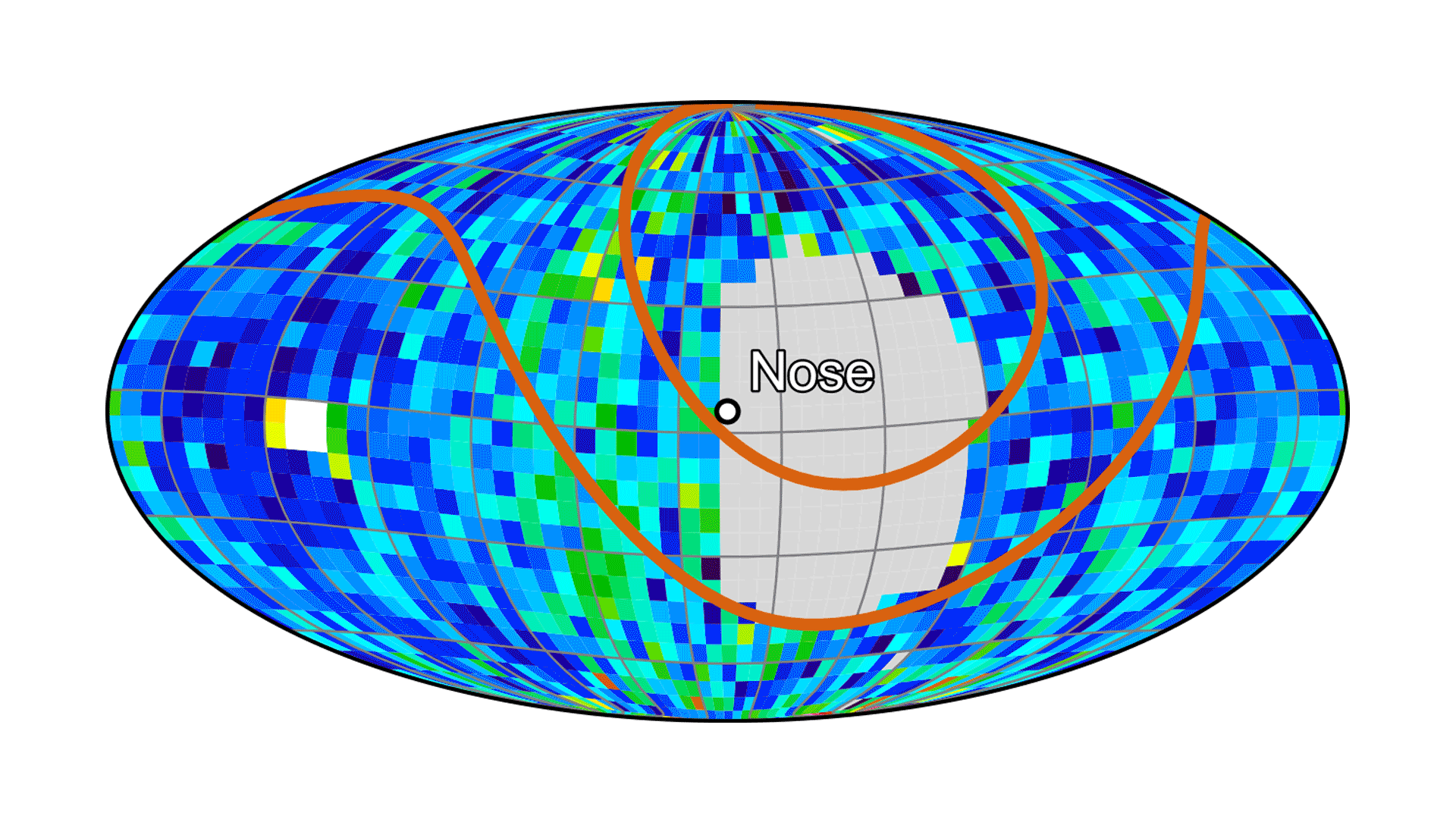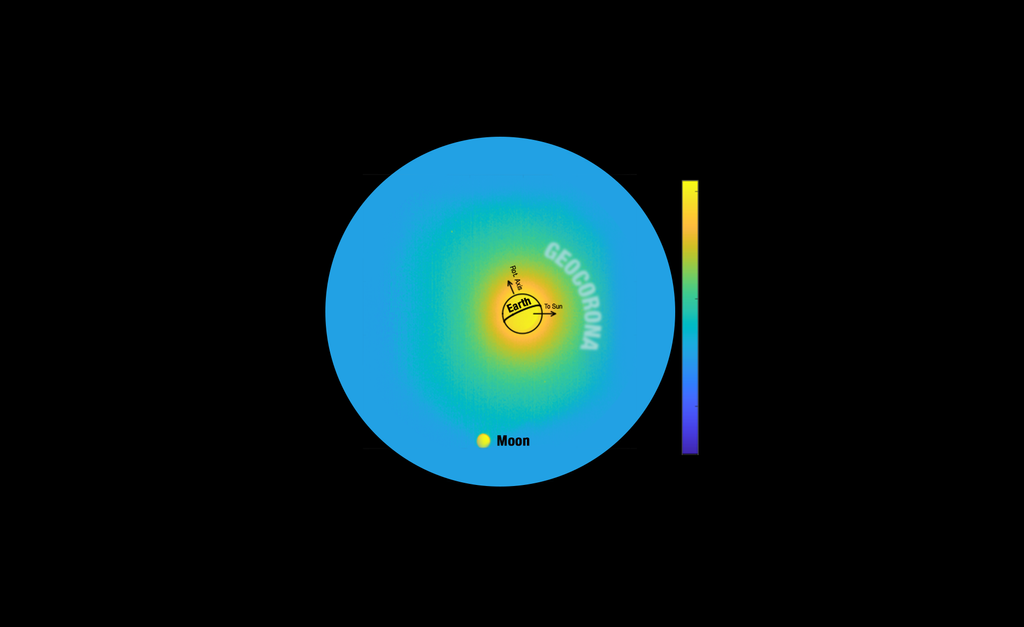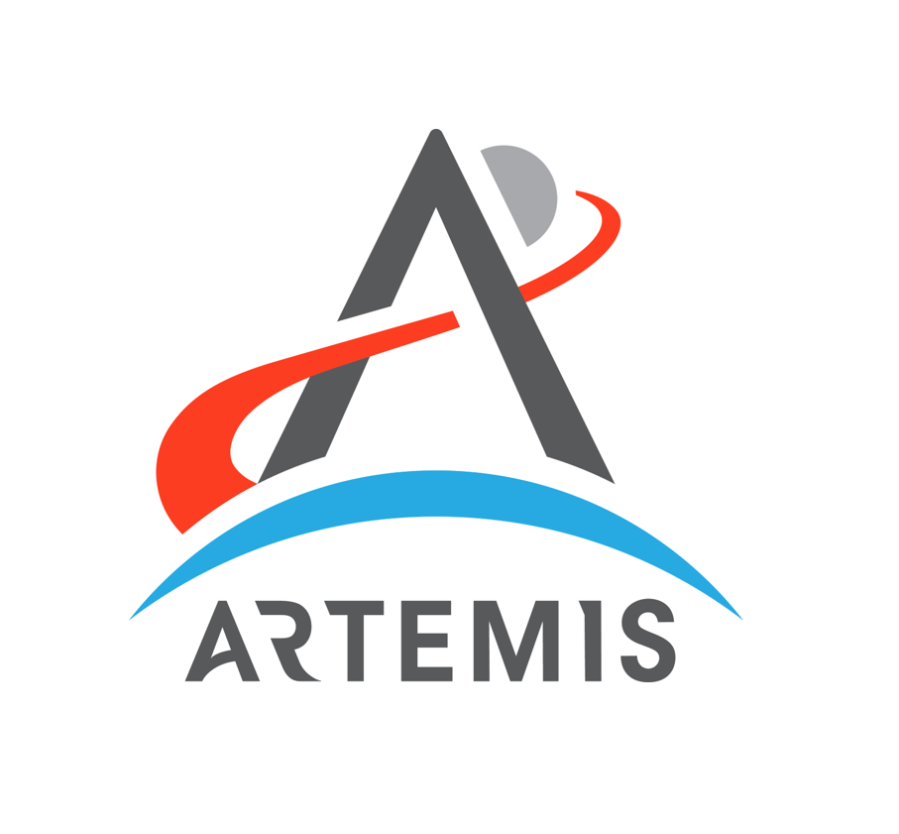by Lance D. Davis NASA is developing a path for an exciting journey to Mars – a rich destination for scientific discovery and human exploration as we expand our presence into the solar system. This month of October brings an amazing night-sky view of the Red Planet. Mars is currently visible, reaching its highest point …
It’s All About Mars in October































